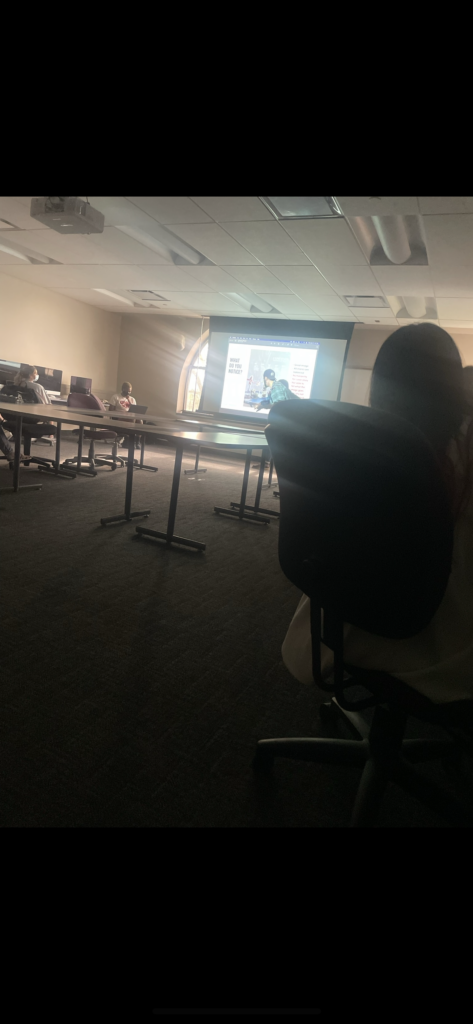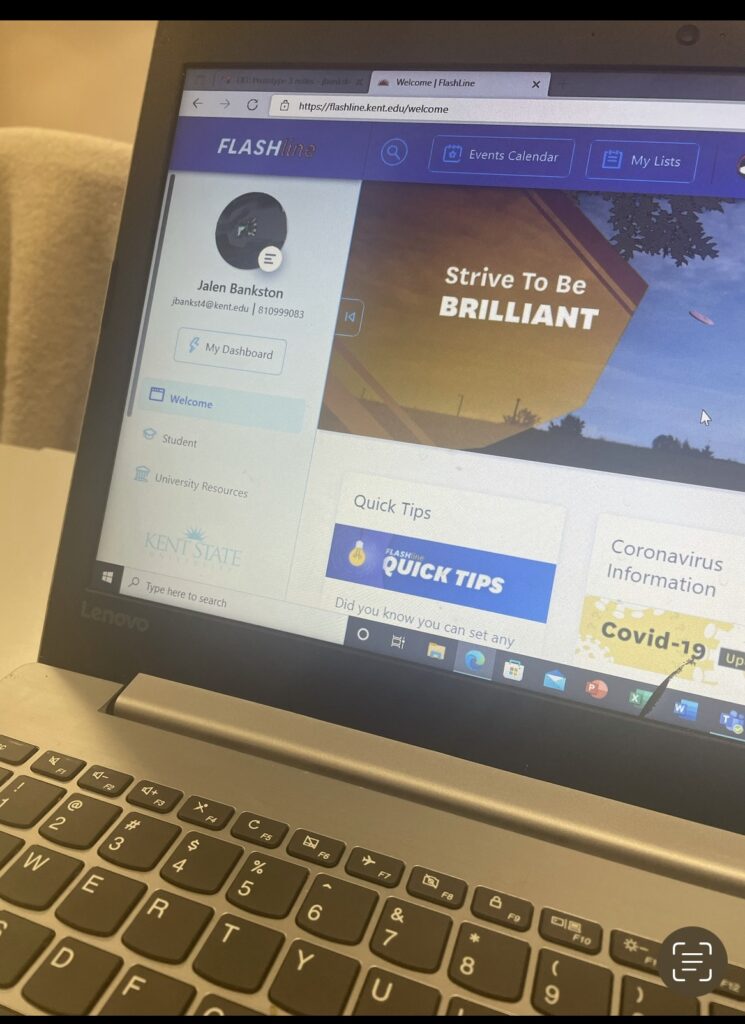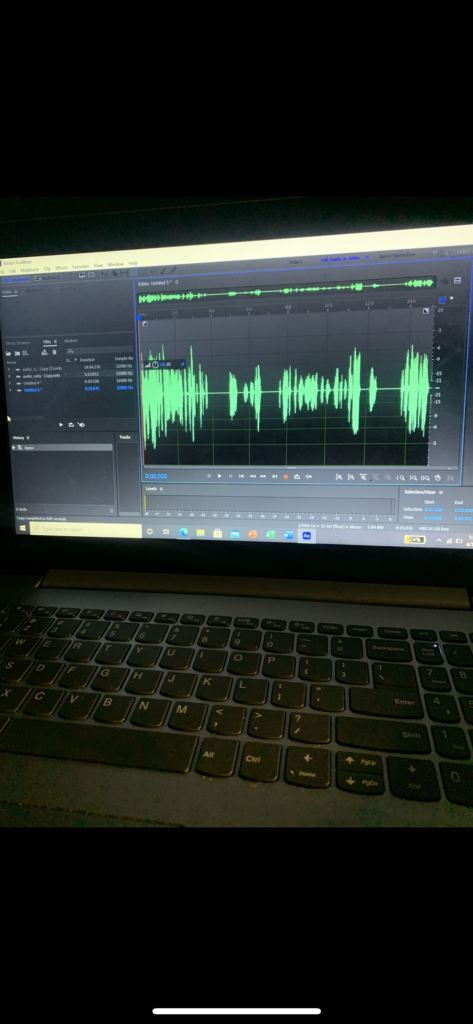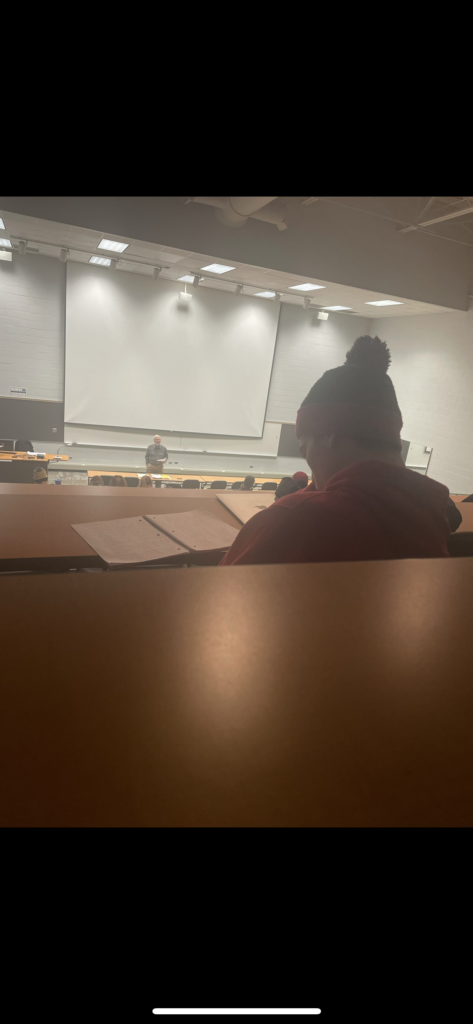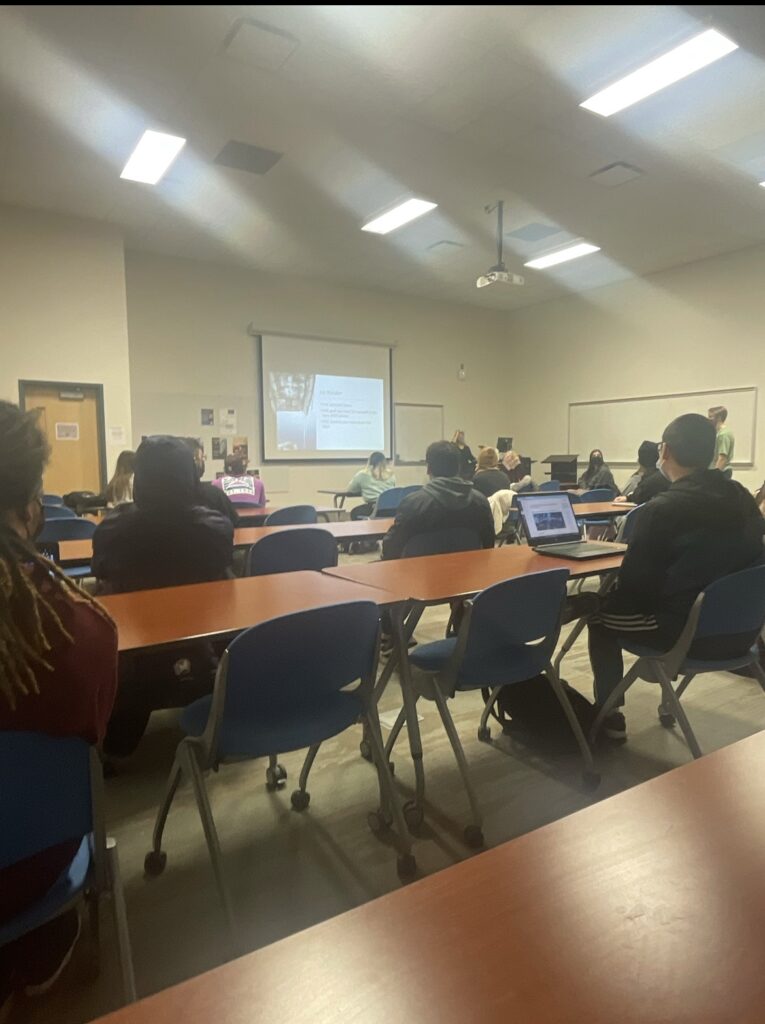COVID CLASSROOMS
Covid 19 brought a lot of uncertainty and fear to the world when it came about, trapping us in our homes, forcing us to live life from the confines of our rooms, but recently, things have been getting better and we the people are starting to reclaim our world back. There were many things that suffered from everyday life due to covid, and education was one of them.
During Covid, student were forced out of the classroom and put into virtual ones, but this greatly effected grades and the ability to complete certain courses. Study finds that students in online courses fail to complete them and get lower grades than peers learning in person. Several experts question the paper’s design and findings, especially related to the pandemic.
In New Mexico ,more than 40 percent of high school students were failing at least one class as of late October. In Houston, 42 percent of students received at least one F in the first grading period of the year. Nearly 40 percent of grades for high school students in St. Paul, Minnesota were Fs doubled in the amount since recent years. In California’s Sonoma County, 37 percent of students across 10 districts had at least one failing grade, compared with 27 percent last year.
I asked a Mrs. Christina Billarakis, a 3rd grade teacher at Tussing Elementary, why grades were lower during online classes versus in person. She told me, “it was very hard to keep the students engaged through a screen. The younger children are much harder to teach with a non-hands on approach, they’re progress suffered greatly.” This is a problem because the affects on a child’s progression at such a young age can be detrimental to their success as they grow older in school. This problem doesn’t only affect the younger students, it affects the older kids as well.
We spoke to a Mr Reginald Williams, a former highschool teacher in the Columbus area, as to what was the hardest part of online learning. He told us, “from my perspective, it seems that at the high school level when the kids didn’t have that social aspect to their school day they disconnect form school completely. Many students would have their cameras on and in the classroom, but they would either be on their phones or social media, or playing a game. It was very hard to keep their attention.”Many students did not even attend the online learning and of course grades were slipping.
There was limited structure in many homes for various reasons. If no one was home to force a student to get online and prepare for classes, no food in your stomach, too young to sit for hours in front of a computer. Teachers also were not prepared for teaching in an online environment especially in the k-12 grades. Our internet providers were not prepared for the increase of connections and usage to the internet and connection was slower and often not available. Older parents or grandparents who were raising younger kids struggled to be able to help with the online learning.
I spoke to a Mr Tom Phillips, former pickerington north community school principal, and current director of player personnel for YSU, about how gpa’s were dropping worldwide,he had this to say. “ some kids need to be in the classroom with teachers or professors, some students have a hard time learning things visually through a screen. Some students need a hands on experience and sometimes even extra 1 on 1 time with their instructors”. He also said, “There are students that are too afraid to ask questions while their on the online classroom, they’d rather come up to the teacher in private to ask for help, and it’s hard to do that online.”
The trend threatens to exacerbate existing educational inequities. The rise in failing grades appears to be most pronounced among students from low-income households, multilingual students and students learning virtually. And this could have lasting consequences. Students with failing grades tend to have less access to advanced courses in high school, and a failing grade in even one ninth-grade course can lower a student’s chances of graduating on time.
When interviewing Rachel Clarke, student at Kent state university, I asked her what was her experience like with online school, to which she replied, “It was very difficult to catch on at first, sometimes the material was being lit out too fast and many professors simply couldn’t slow down so that they could get all of the information into a 50 minute Microsoft teams meeting.” “I would have to go online after classes were over for more information. I would have to look up videos or online feedbacks to help with the assignments that I had to do in each class. At times it felt as though I was teaching myself online rather than getting the information and guidance from my professor.”
In conclusion, students across the country had to deal with being taken from their classrooms and placed in front of monitors. Their schoolwork, grades, and progress all took a hit due to the pandemic, but they stayed strong and did the best they could with what they had. It speaks to the resiliency of these kids. Even then, remote school is some thing that many students and educators alike is something they hope to never have to see again. I am Jalen Bankston from TV2.
